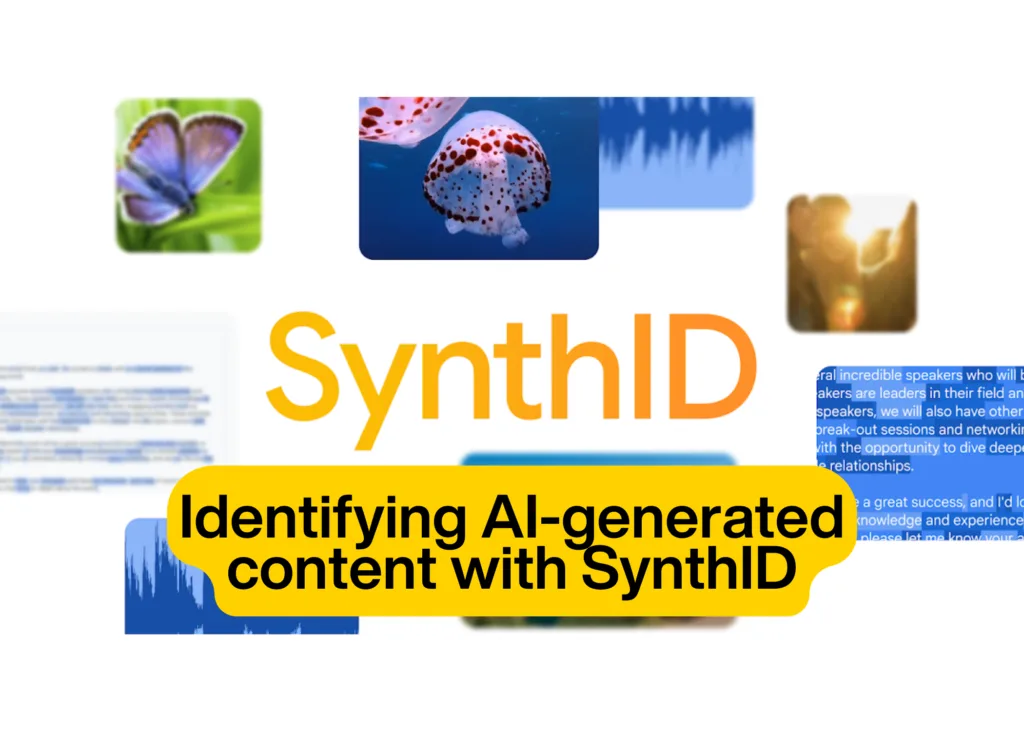In the rapidly evolving landscape of artificial intelligence, the ability to distinguish between human-created and AI-generated content has become increasingly crucial. Google DeepMind, a leading AI research lab, has developed a groundbreaking technology called SynthID to address this challenge. It is a digital watermarking system that embeds imperceptible signatures into AI-generated images and videos, allowing for their identification and verification.
How Does SynthID Work?
SynthID operates on a similar principle to traditional watermarks, but instead of visible markings, it employs sophisticated algorithms to embed subtle patterns within the content itself. These patterns are designed to be undetectable to the human eye but easily recognizable by specialized software. When an image or video is processed through SynthID, the watermark is woven into the underlying data structure, making it resistant to various editing and manipulation techniques.
Potential Applications of SynthID
The applications of the revolutionary technology are vast and far-reaching. Here are some key areas where this technology can make a significant impact:
- Combating Deepfakes: Deepfakes, highly realistic but fabricated videos or images, have become a major concern. SynthID can help identify and counter deepfakes by revealing their AI-generated nature.
- Protecting Intellectual Property: Content creators can use SynthID to safeguard their work from unauthorized copying, distribution, or modification. By watermarking their creations, they can establish ownership and track their usage.
- Ensuring Transparency: SynthID can enhance transparency in the digital world by providing a clear indication of whether content is human-generated or AI-created. This can be particularly valuable in fields like journalism, education, and research.
- Facilitating Ethical AI Development: By enabling the tracking and identification of AI-generated content, it can contribute to responsible and ethical AI development. It can help prevent the misuse of AI for harmful purposes and ensure that AI is used in a beneficial manner.
Implications and Considerations
While SynthID offers numerous advantages, it is not without its challenges and considerations. Some key implications include:
- Privacy Concerns: The embedding of watermarks into content raises questions about privacy and data ownership. It is essential to ensure that SynthID is used in a way that respects individuals’ privacy rights.
- Technical Limitations: The effectiveness of SynthID may vary depending on the complexity of the content and the sophistication of editing techniques used. It is important to continuously refine the technology to address evolving threats.
- Societal Impact: The widespread adoption of SynthID could have significant societal implications. It could lead to changes in how we perceive and interact with digital content, as well as raise new questions about authenticity, trust, and the role of AI in society.
In conclusion, SynthID represents a promising step forward in the battle against AI-generated misinformation and deepfakes. By providing a reliable means to identify and verify the origin of digital content, SynthID can help foster a more transparent and trustworthy digital ecosystem. As this technology continues to evolve, it is crucial to carefully consider its implications and ensure that it is used responsibly and ethically.



